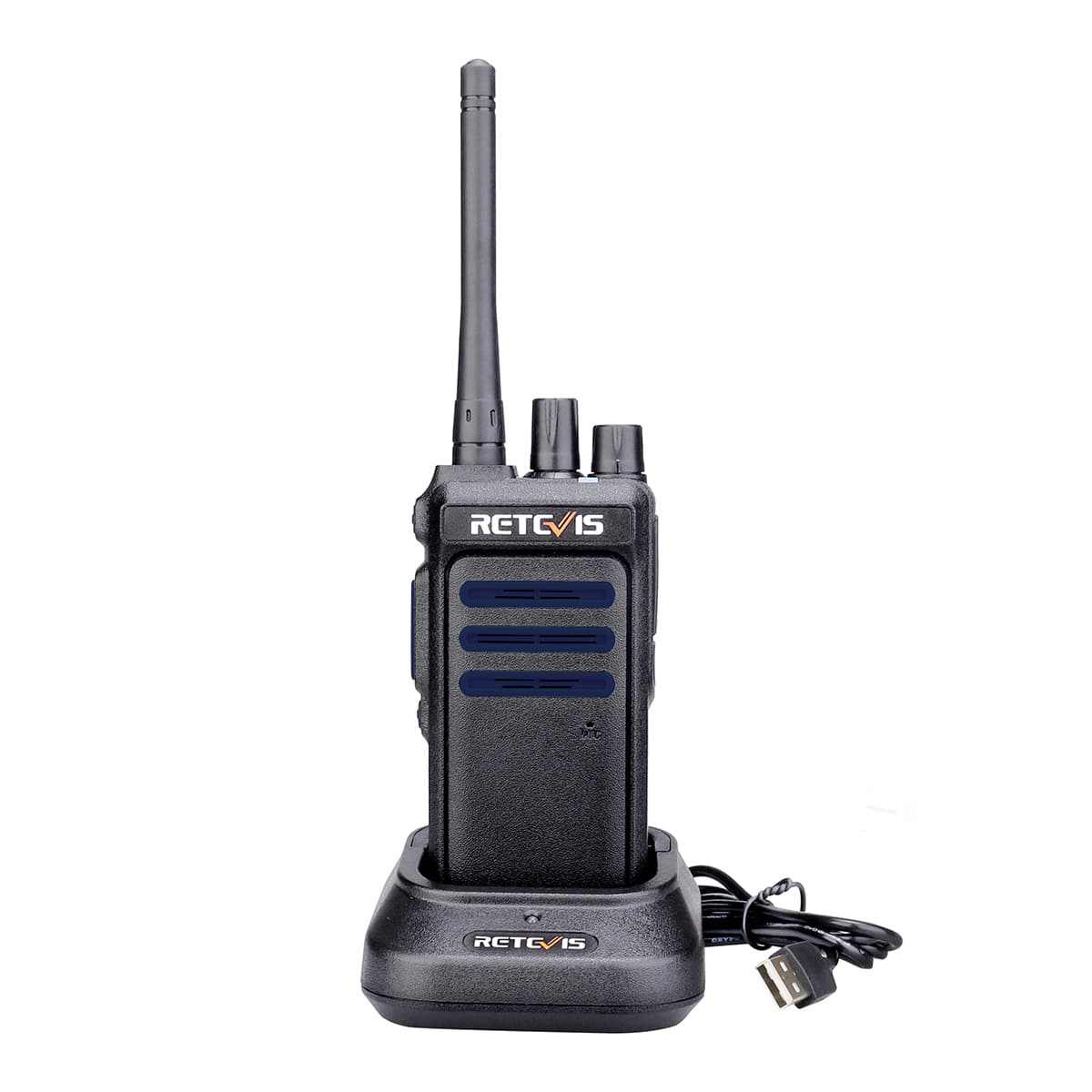WPXS472
Member
First, contrary to popular opinion, these are not vaporware. They actually exist, because I have 2 of them. They came with a programming cable, but not knowing that they would, I bought one off eBay. They feel good "in the hand" so to speak. They seem solid. Before doing any testing, I took one apart to see how they are built. Removing the battery reveals a die cast back. I removed the back and found a single circuit board attached to it by 8 screws, with the antenna connector having two additional ones. The front side of the casting has pockets and ridges which serve as shields. The board has components on both sides, with more on the front side. The components look to be assembled well. No left over flux, or sideways sitting parts. Everything looks as it should. They seem to use a transceiver on a chip philosophy, so popular today. The way the board is fastened to the casting made me believe they will be sturdy in use. With the batteries fully charged, I did some testing. I do not use DMR, and don't know a lot about it, so most of the testing was done in analog mode. I programmed 902, 915, and 928 MHz, with one channel having CTCSS, and the others carrier squelch. The power output is rated as 1 watt, and my two put out 1.2 for one, and just a little less for the other. This measured on a 8924C that hasn't been calibrated since I bought it, so let's just say that they meet spec. Frequency error was 90 Hz low for one, and 230 Hz low for the other. This is a big deal for me because at these frequencies, and with narrow band, errors that seem insignificant at lower frequencies can affect operation here. I consider the error to be acceptable. Receive sensitivity on carrier squelch is right at .18 uV for what my calibrated ears say is 12 dB SINAD. Once open, the squelch stays open down to just below .1 uV. CTCSS makes it a little more tight, opening at just above .2 uV, and closing again at about .15 uV. I didn't test scanning speed, as I only programmed 3 frequencies for test. Changes to the channel produce an announcement in a male voice I found easy to understand. I programmed one channel for DMR, selected a time slot, and color code. I also checked advanced encryption, just to see if it worked. Keying up in DMR mode resulted in a delay between speaking and being heard in the other radio. Speech had a kind of echo effect, probably due to the close proximity. It probably wouldn't do this at a distance. The wide/narrow bandwidth selection just adjusts the transmit deviation because even in narrow mode, the receiver could receive a 5 KHz deviation signal with only slight distortion. This might cause problems under some circumstances. One test I meant to do, but didn't was receiver spurious rejection. I still plan on doing it, and will post results when completed. I also plan on looking at the transmitted spectrum with a spectrum Analyzer when time permits. They can be programmed to operate out of band. I only wanted to see if it was possible. I won't go into how it is done, since there is no real reason to do so. I expect the range in use to be similar to modified commercial radios, or maybe a little less due to less power. I don't know when I will get around to doing an over the air test.
Overall, I am pleased with them. Why Retevis came out with such a radio, only they know. It seems illogical to me. There is a statement in the operator's manual that says it meets FCC part 15 rules. There is also a statement about having to have a license to operate radio equipment, but it seemed somewhat vague to me.
Overall, I am pleased with them. Why Retevis came out with such a radio, only they know. It seems illogical to me. There is a statement in the operator's manual that says it meets FCC part 15 rules. There is also a statement about having to have a license to operate radio equipment, but it seemed somewhat vague to me.


